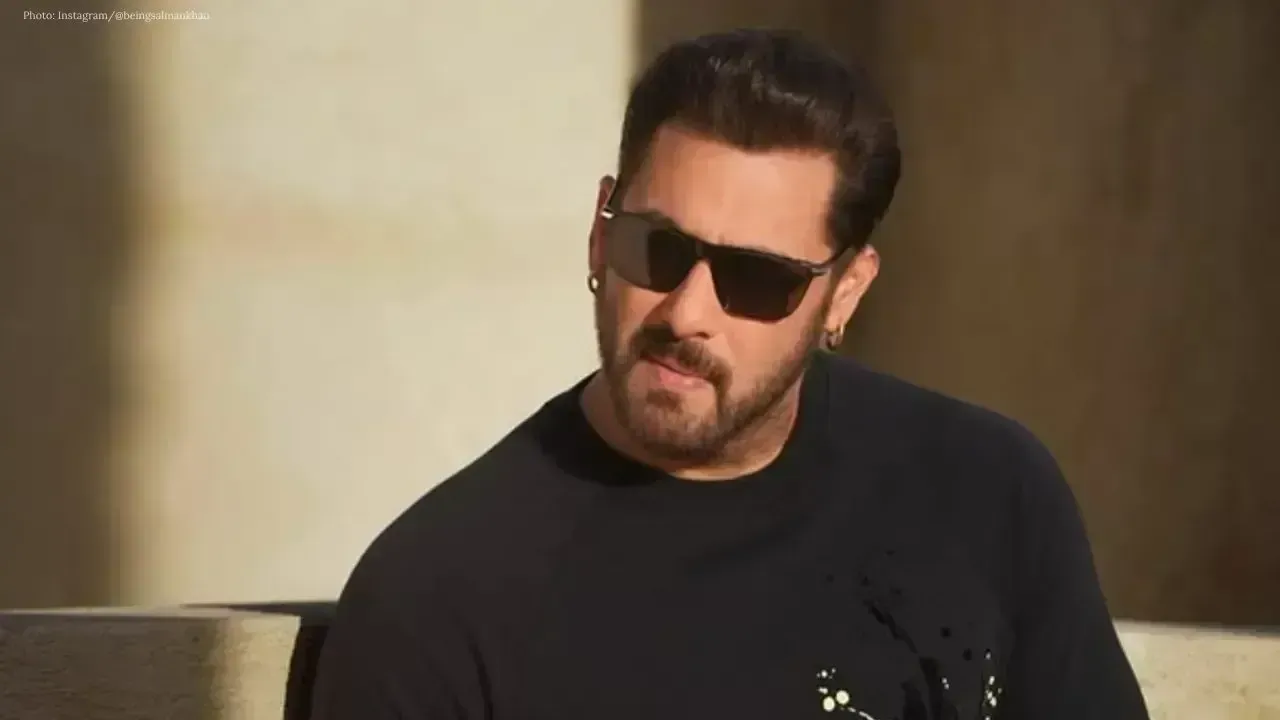You have not yet added any article to your bookmarks!

Join 10k+ people to get notified about new posts, news and tips.
Do not worry we don't spam!

Post by : Anis Farhan
Across the bustling cities and quiet villages of Southeast Asia, a quiet crisis is unfolding. While English proficiency rises and digital platforms promote global communication, native languages are rapidly fading. From the forests of Borneo to the highlands of northern Vietnam, thousands of mother tongues are at risk of disappearing within a generation.
But this is not simply a linguistic issue — it is one of identity, equity, and belonging. In a region defined by cultural plurality, the loss of language is a loss of self. The challenge now facing ASEAN societies is this: Can globalization and local linguistic heritage coexist?
Southeast Asia is home to some of the richest linguistic diversity on Earth, with over 1,000 languages spoken across its nations. But modernization, urban migration, education policy, and economic incentives have led to the rapid marginalization of smaller languages.
Children in Myanmar's Chin State, Indonesia’s Kalimantan, or Malaysia’s Sabah are increasingly educated in national or global languages — Burmese, Bahasa Indonesia, Bahasa Malaysia, or English — while their native tongues remain confined to home conversations, if at all. With parents pushing children toward upward mobility, the incentive to pass on ancestral languages has declined.
The result: intergenerational language loss. Once a language stops being spoken by children, it begins a sharp descent toward extinction.
There is no denying the utility of dominant languages in a globalized economy. English, in particular, opens doors to higher education, global careers, and cross-border communication. Regional integration in ASEAN has only accelerated the demand for shared communication platforms.
But this shift comes with cultural costs. Languages are not interchangeable codes — they shape thought patterns, emotional expression, and social norms. A lullaby in Kadazandusun carries different cultural weight than the same message in English. Proverbs, idioms, rituals — all lose their meaning when translated or abandoned.
Moreover, language loss often correlates with marginalization. Ethnolinguistic minorities who do not see their languages in textbooks, media, or public signage are more likely to feel excluded from national identity. The psychological message is clear: their culture is less valued.
Most ASEAN countries have national language policies aimed at unity and administrative efficiency. But few have robust frameworks for language preservation or multilingual education — especially for indigenous and minority tongues.
In Vietnam, ethnic languages are offered in schools on a limited basis, often as optional subjects. In the Philippines, the "Mother Tongue-Based Multilingual Education" (MTB-MLE) policy — introduced in 2012 — made early-grade education available in 19 local languages. Yet, its implementation has been uneven, with criticism over lack of materials and trained teachers.
In Indonesia, efforts to document local languages have made progress, but systemic support for teaching them remains limited. Malaysia’s minority languages like Tamil, Mandarin, and indigenous tongues receive varying degrees of support depending on political climate and regional priorities.
The absence of sustained funding, teacher training, and curriculum development leaves most language preservation to civil society or cultural groups — whose reach is often limited.
Language is central to identity — not just personal, but collective. It connects individuals to their community, history, and worldview. When a language dies, a worldview dies with it.
In education, early instruction in a child's mother tongue improves comprehension, reduces dropout rates, and boosts long-term achievement. Numerous studies by UNESCO and ASEAN's education divisions have shown that children learn best in familiar linguistic environments — especially in early grades.
Socially, promoting mother tongues affirms cultural dignity. When minority languages are included in schools, media, and official events, they signal that diversity is respected. This fosters trust, reduces inter-ethnic tension, and promotes social cohesion.
Economically, linguistically inclusive societies are more likely to support community-based tourism, indigenous enterprise, and local innovation — all of which can feed into sustainable development.
The good news: revival is possible. Across Southeast Asia, grassroots initiatives, scholars, and even tech innovators are finding ways to bring endangered languages back into daily life.
In Thailand, digital archives now record the Tai languages of the northeast.
In the Philippines, young poets are reviving Cebuano and Waray through TikTok and Instagram reels.
In Malaysia, indigenous radio stations and YouTube channels are broadcasting in Iban, Semai, and Bidayuh.
Language apps, keyboards, and AI-based transcription tools are helping capture and share endangered dialects.
Governments can support this by funding community-based language programs, supporting bilingual teacher training, and ensuring minority languages have a presence in public broadcasting and local governance.
Importantly, revival efforts must go beyond preservation — they must foster everyday use. A language lives not in libraries but in conversations, songs, jokes, prayers, and classrooms.
Young people are key. Contrary to the belief that youth are abandoning tradition, many are reclaiming ancestral languages as a form of cultural pride and resistance. Social media has enabled cross-regional language revival — often mixing humor, storytelling, and local slang in engaging ways.
Technology, if inclusive, can be a lifeline. Language games, voice-to-text features in local dialects, and school apps that include indigenous stories are changing how children experience their heritage.
Governments must recognize this and co-create policies with communities and digital platforms — ensuring that modernization enhances rather than replaces linguistic diversity.
This article is for editorial and informational use only. It does not reflect the official stance of any government, cultural body, or language authority. Readers are encouraged to support local language initiatives and consult national education frameworks for guidance.










Akshaye Khanna exits Drishyam 3; Jaideep Ahlawat steps in fast
Producer confirms Jaideep Ahlawat replaces Akshaye Khanna in Drishyam 3 after actor’s sudden exit ov

Kapil Sharma’s Kis Kisko Pyaar Karoon 2 to Re-release in January 2026
After limited screens affected its run, Kapil Sharma’s comedy film Kis Kisko Pyaar Karoon 2 will ret

Hrithik Roshan and Saba Azad Celebrate Christmas at Family Party
Hrithik Roshan and Saba Azad celebrated Christmas at Sussanne Khan’s party, sharing happy moments wi

China Sanctions 20 US Defense Firms Over Taiwan Arms Sales Dispute
China imposes sanctions on 20 US defense companies and 10 executives for supplying arms to Taiwan, e

Salman Khan’s Grand 60th Birthday Bash at Panvel Farmhouse Shines Bright
Salman Khan celebrates his 60th birthday with a grand party at Panvel farmhouse, sharing joyful mome

Thailand Defence Minister Joins Talks to End Deadly Border Clash
Thailand’s defence chief will join talks with Cambodia as border clashes stretch into a third week,